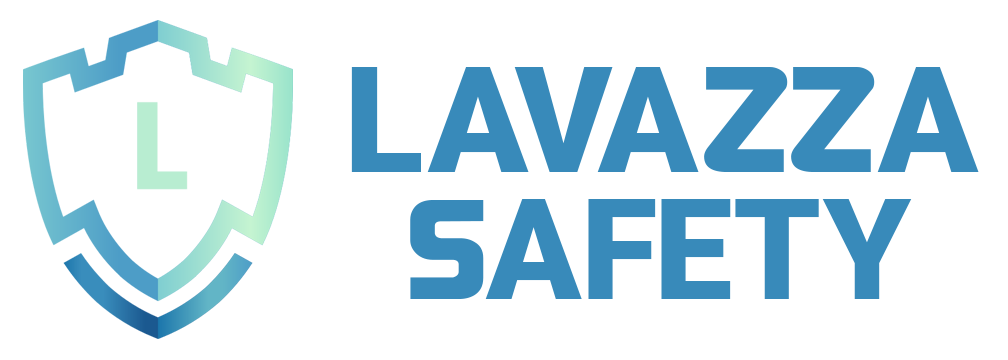Greetings, safety champions! As summer heats up, let’s delve into a vital subject: heat awareness. Did you know that both OSHA’s National Emphasis Program (NEP) and ADOSH’s State Emphasis Program (SEP) stress the significance of safeguarding our workforce in hot conditions? Here’s the rundown:
OSHA’s National Emphasis Program (NEP):
OSHA prioritizes safe working conditions, including combating heat-related challenges. The NEP targets industries facing heightened heat risks, urging employers to establish heat prevention strategies. From acclimatization to proper hydration and work-rest cycles, the NEP outlines effective ways to tackle the heat.
ADOSH’s State Emphasis Program (SEP):
Our local regulatory authority, ADOSH, amps up heat safety. The SEP zeroes in on state-specific concerns, ensuring employers adopt efficient heat control measures. It’s a reminder that heat stress isn’t uniform – tailored approaches are crucial.
Practical Tips for Heat Safety:
1. Hydrate, Hydrate, Hydrate: Regular water intake matters, even if you’re not thirsty.
2. Shade is Your Ally: Allocate breaks in shaded spots.
Buddy Up: Watch out for each other – early signs of heat-related issues can be subtle.
3. Know the Indicators: Educate yourself about heat-related illnesses.
4. Training Counts: Equip yourself with heat safety and first aid knowledge – it’s empowering.
By following OSHA’s NEP and ADOSH’s SEP, and integrating these heat safety tips, we aren’t just safeguarding ourselves – we’re fostering a safer work environment for everyone. Let’s work smart and stay cool!
